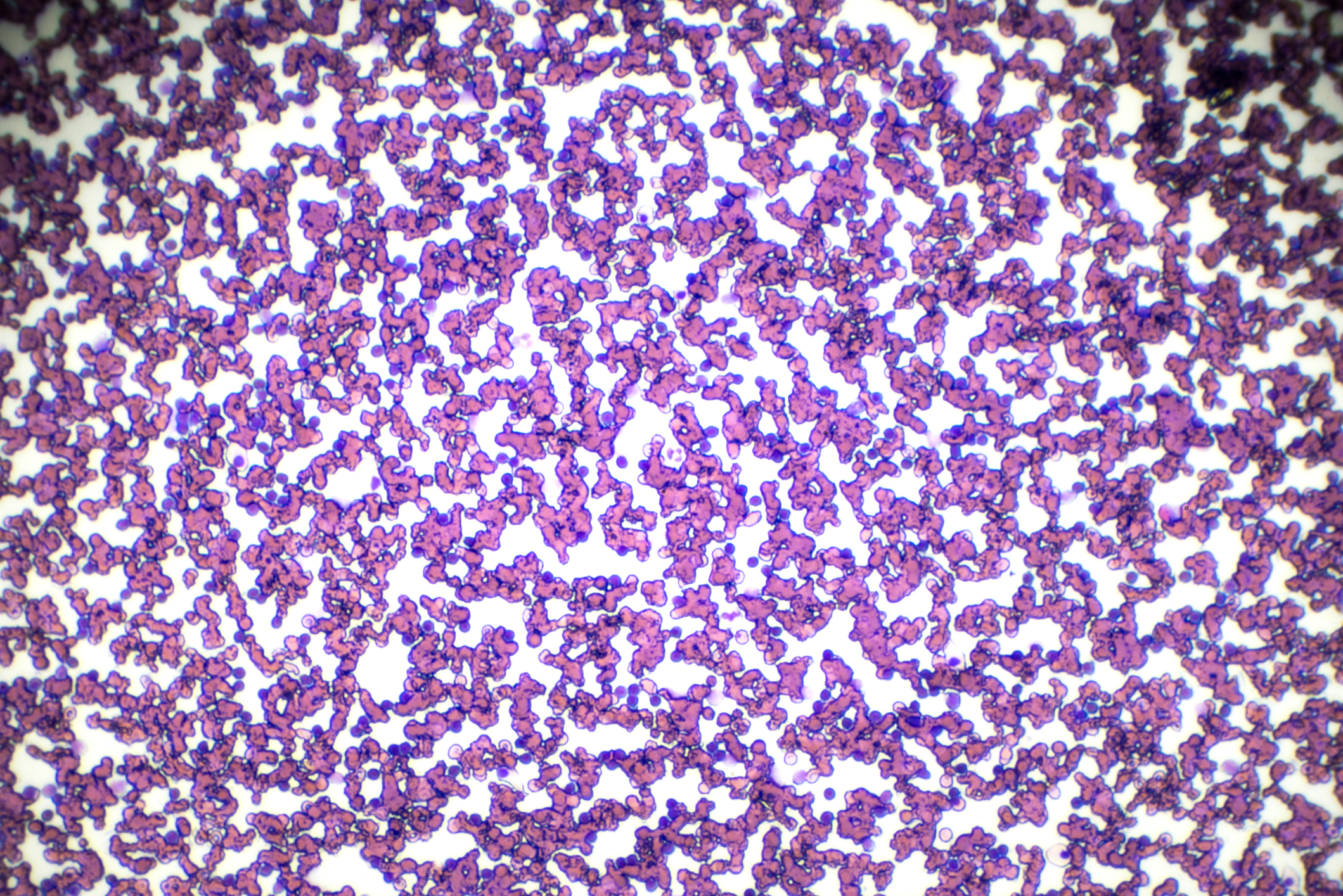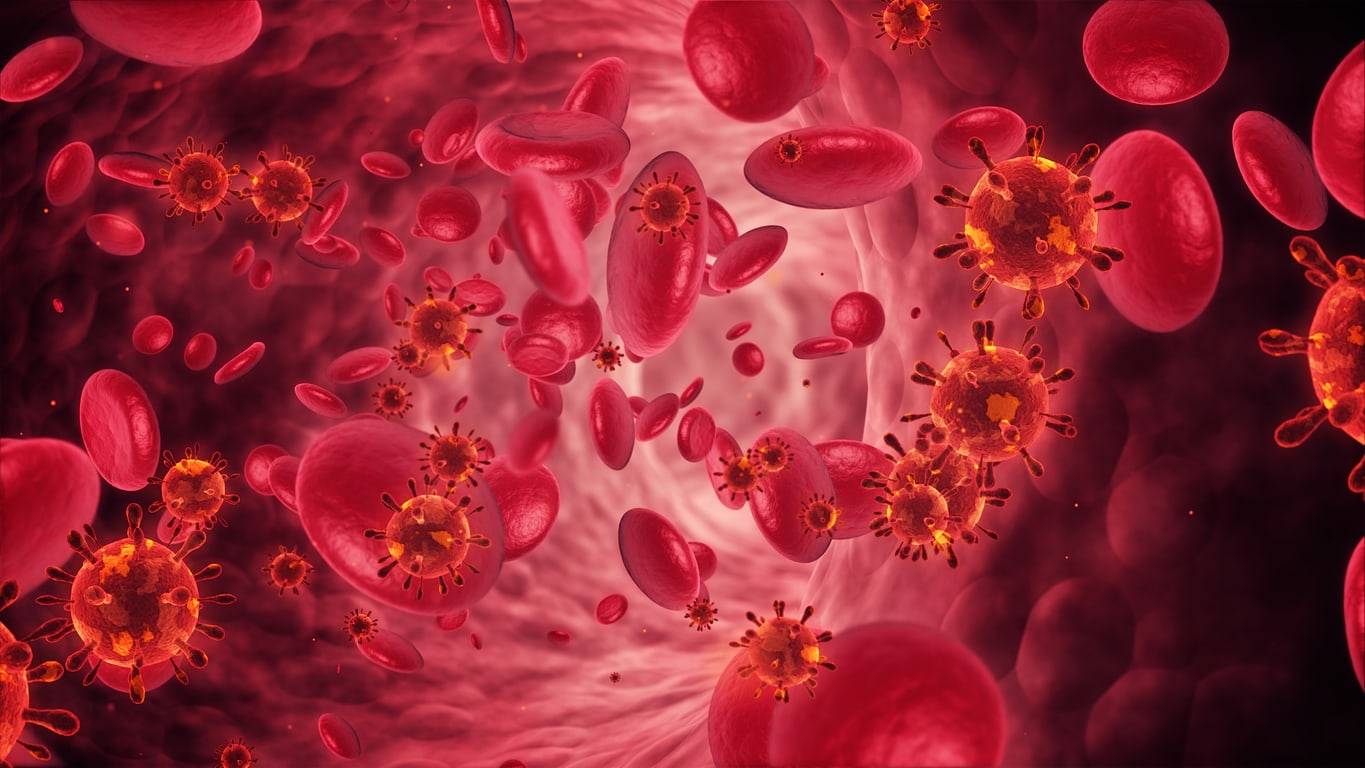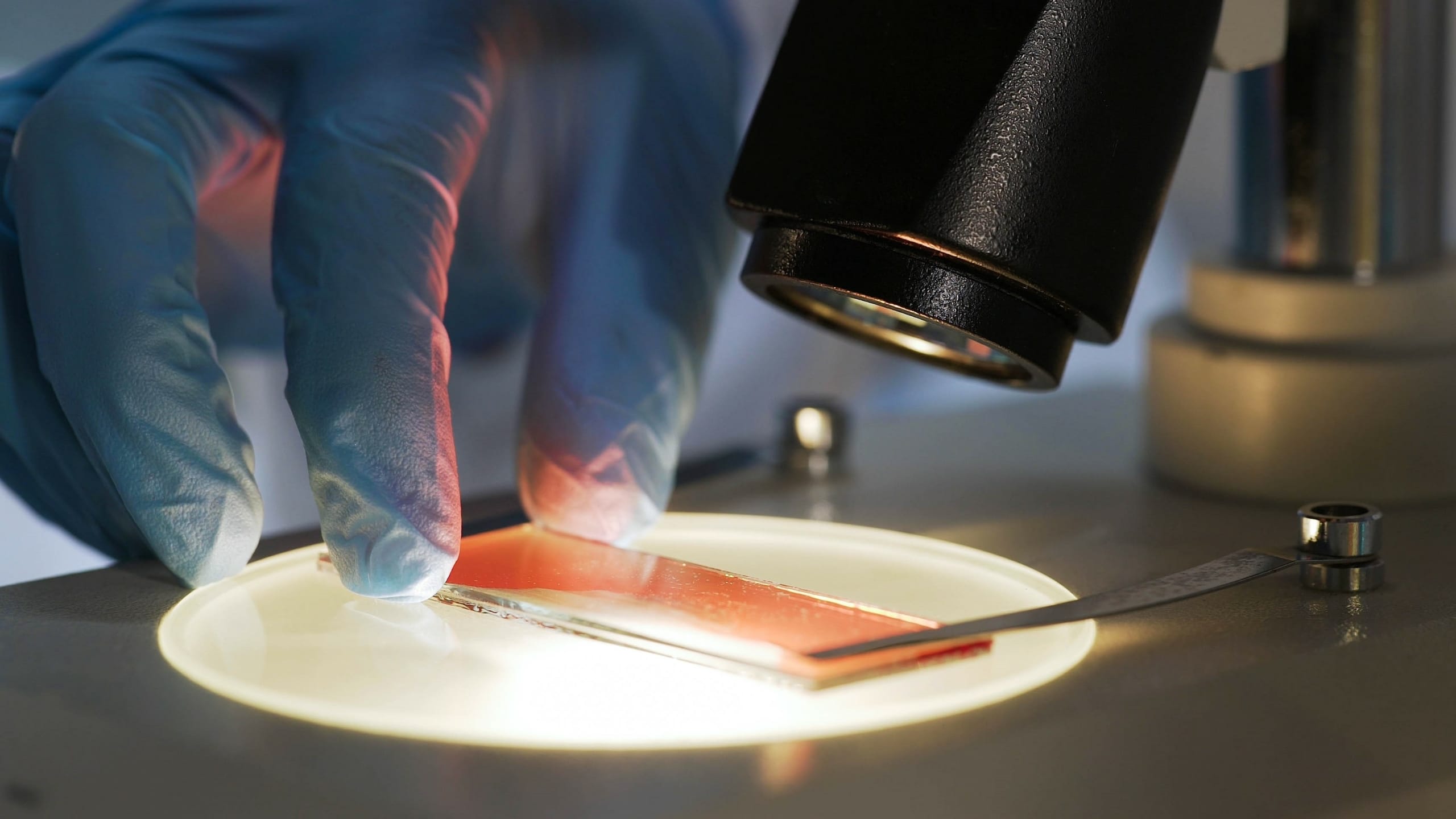
Leukaemia
What is Leukaemia?
Leukaemia (a cancer of the blood) is caused by the accumulation of excess, abnormal white blood cells. Leukaemias are grouped according to the type of white blood cell that is affected – either lymphoid or myeloid cells. They are then also classified according to the speed with which they can progress.
In Australia, more than 3200 people will be diagnosed with a form of leukaemia this year – that’s eight Australians per day.
Acute Leukaemias occur when abnormal white blood cells rapidly multiply, spilling into the blood stream. Acute leukaemias develop quickly and will need to be treated urgently as they crowd out healthy cells, leaving the body starved of oxygen, and unable to control disease or infection.
Chronic Leukaemias develop more slowly. They occur when white blood cells fail to die, accumulating in the blood stream, bone marrow and related organs and crowding healthy cells. Chronic leukaemias may not require immediate treatment.
Please click below to find out more about the main sub-types of leukaemia:
Acute Lymphoblastic Leukaemia
Acute Myeloid Leukaemia
Chronic Lymphocytic Leukaemia
Chronic Myeloid Leukaemia


